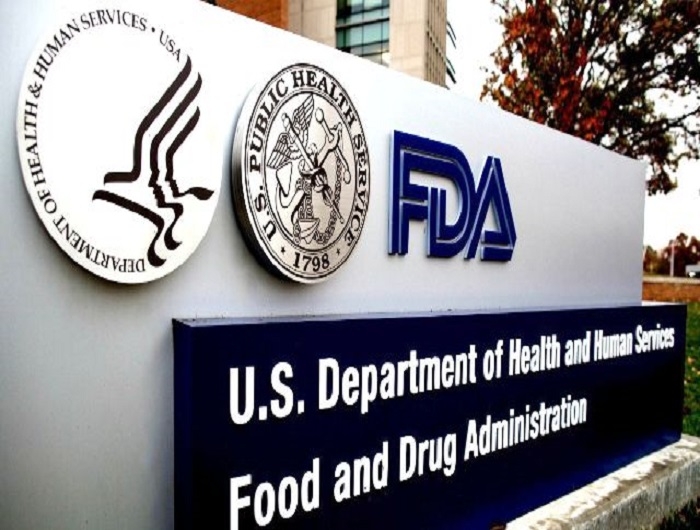FDA comes up short again in new guidance on allergen labeling

FDA.
Statement of CSPI president Dr. Peter Lurie
For any agency already in the spotlight for its repeated failures to take timely action on food safety and nutrition, the Food and Drug Administration had an opportunity to show leadership in protecting consumers from food allergens. Unfortunately, the draft guidance issued today by FDA’s Center for Food Safety and Applied Nutrition falls short in giving consumers the protections we expect.
The draft guidance provides a framework to prioritize new food allergens that are not among the nine “major” food allergens required to be declared in food labeling. Yet while it offers a potentially useful framework for assessing the scientific evidence to decide if a particular food allergen is important for public health, it conspicuously fails to indicate when the agency would actually act on that information to require labeling or other consumer protections, should an allergen be deemed a priority.
The FDA also makes no pledge that it will act on its own initiative to proactively consider new allergens for prioritization by, for example, conducting population-based surveys to assess allergen prevalence or severity, and appears content to let its allergen agenda be driven piecemeal by petitions from the public.
This is not the first time the agency has chosen to drag its feet on prioritizing new food allergens. As the agency notes in the guidance, CSPI first petitioned the agency in 2014 to require sesame to be labeled on foods as a priority allergen. After six long years of deliberation, the agency finally opted to respond to our petition in 2020 not with a mandatory labeling requirement, but with voluntary guidance. In the end it was Congress, not the FDA, that took action to require sesame labeling, with the FASTER Act of 2021.
This draft policy can provide no assurance to consumers that the agency will actually use its regulatory authority to protect them from the worst allergen risks. Congress should direct FDA to create a more clear and efficient path towards adding new major allergens, so the agency can truly live up to its obligations as the nation’s leading food regulator.
Contact Info: Contact: Jeff Cronin

